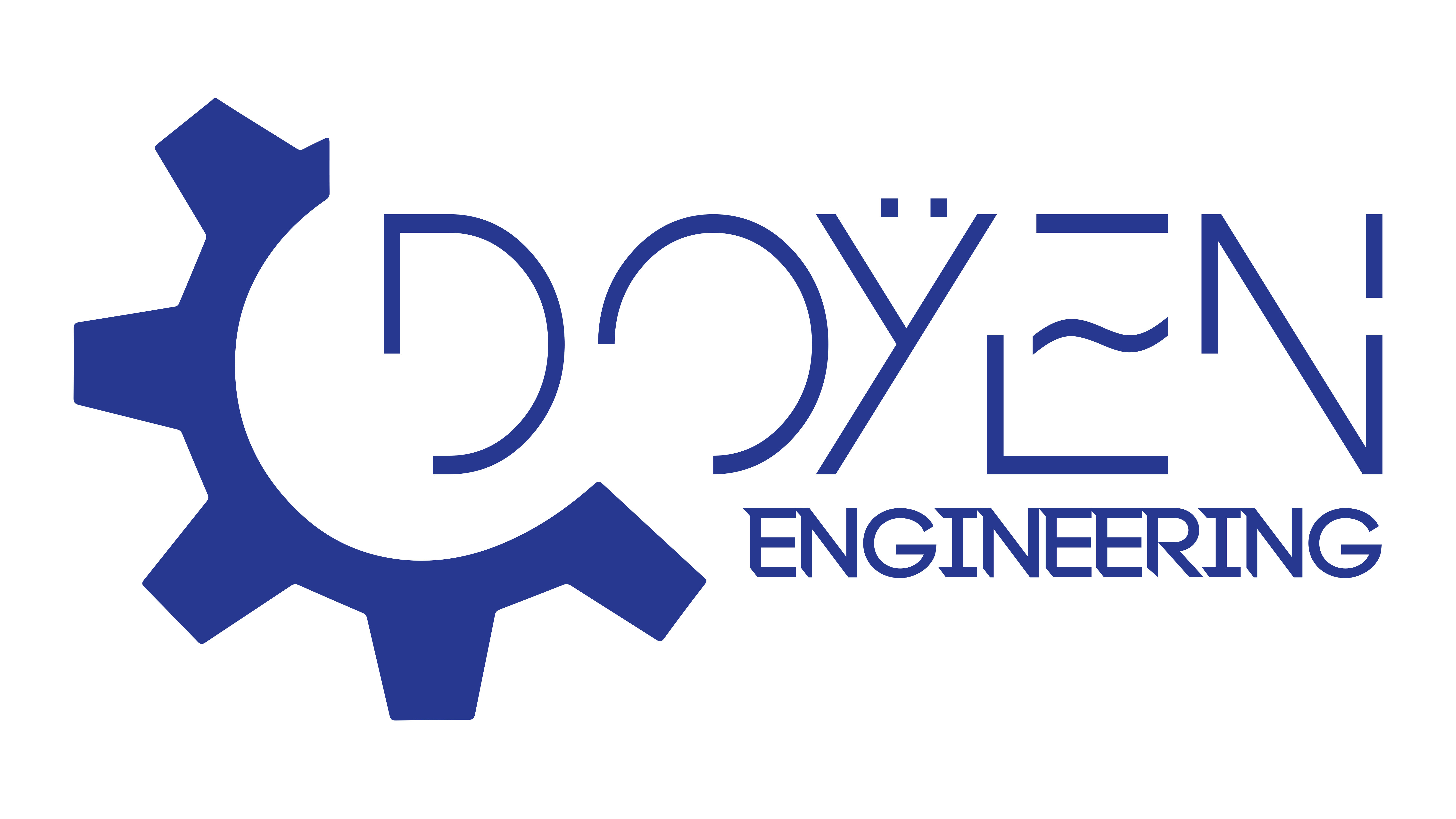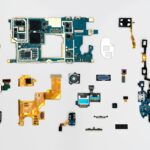
Overview of 3D Printing in Electrical Engineering Design
Introduction to 3D Printing Technology
3D printing technology, also known as additive manufacturing, has revolutionized various fields, including electrical engineering. This innovative process allows designers to create three-dimensional objects layer by layer from digital models. By utilizing materials such as plastics, metals, and ceramics, engineers can produce intricate designs that were previously impossible to achieve with traditional manufacturing processes.
Applications of 3D Printing in Electrical Engineering
In the realm of electrical engineering, 3D printing offers numerous applications, such as:
- Prototype Development: Rapidly creating working prototypes for testing and validation.
- Customized Components: Tailoring components to fit specific project needs, ensuring functionality and efficiency.
- Complex Geometries: Designing intricate parts that enhance circuit performance and reduce space constraints.
By integrating 3D printing into their workflows, electrical engineers can streamline their design processes while ensuring innovative solutions.

Benefits of Utilizing 3D Printing in Electrical Engineering
Advantages of 3D Printing in Design Iteration
One of the standout benefits of 3D printing in electrical engineering is its remarkable ability to facilitate design iteration. Engineers can quickly produce multiple versions of a component to test different designs. This rapid prototyping allows for:
- Immediate Feedback: Designers can gather insights based on actual prototypes rather than theoretical models.
- Enhanced Creativity: The ease of making changes encourages exploration of innovative designs without fear of wasting resources.
Cost-Saving Benefits in Prototyping with 3D Printing
In addition to design iteration, 3D printing significantly reduces prototyping costs. Traditional manufacturing often involves hefty expenses related to tooling and materials. With 3D printing, engineers can cut costs by:
- Minimizing Waste: Additive manufacturing only uses the necessary materials, reducing scrap.
- Shortening Lead Times: Faster production cycles mean projects move forward more quickly, saving time and money.
These advantages make 3D printing an invaluable asset in electrical engineering, transforming how products are developed and refined.

Impact of 3D Printing on Circuit Design
Incorporating 3D Printing in Circuit Prototyping
The integration of 3D printing into circuit prototyping has reshaped how engineers develop electronic devices. Instead of relying solely on traditional methods, engineers can now create intricate circuit layouts with precision and speed. This innovation makes it easier to:
- Test New Ideas: Rapidly prototype different circuit layouts and configurations.
- Reduce Errors: Quickly identify and rectify design flaws before mass production.
Customization Opportunities in Circuit Design Using 3D Printing
3D printing also opens the door to unprecedented customization in circuit design. Engineers can craft unique components tailored to specific requirements. This includes:
- Tailored Shapes: Designing circuits that fit unconventional spaces or shapes.
- Specialized Materials: Experimenting with various materials that enhance conductivity or insulation properties.
These customization opportunities enable engineers to innovate and enhance circuit performance, making 3D printing a game-changer in the field of electrical engineering.

Enhancing Product Development with 3D Printing
Rapid Production Cycles with 3D Printing
The use of 3D printing in product development significantly shortens production cycles. Unlike traditional manufacturing, which can take weeks or even months, 3D printing enables designers to produce prototypes within days. This rapid turnaround allows teams to:
- Accelerate Testing: Quickly iterate on designs based on real-world testing experiences.
- Meet Market Demands: Respond to customer needs faster by adjusting product designs on the fly.
Improved Design Flexibility and Complexity in Products
Alongside speed, 3D printing enhances design flexibility. Engineers can explore complex geometries that traditional methods might struggle with. The benefits include:
- Innovative Features: Incorporating advanced functions directly into the product design, like internal channels for cooling or wiring.
- Lightweight Structures: Creating intricate lattice designs that reduce weight without sacrificing strength.
These advancements bolster the development of innovative products, cementing 3D printing’s role as a catalyst in modern engineering.






